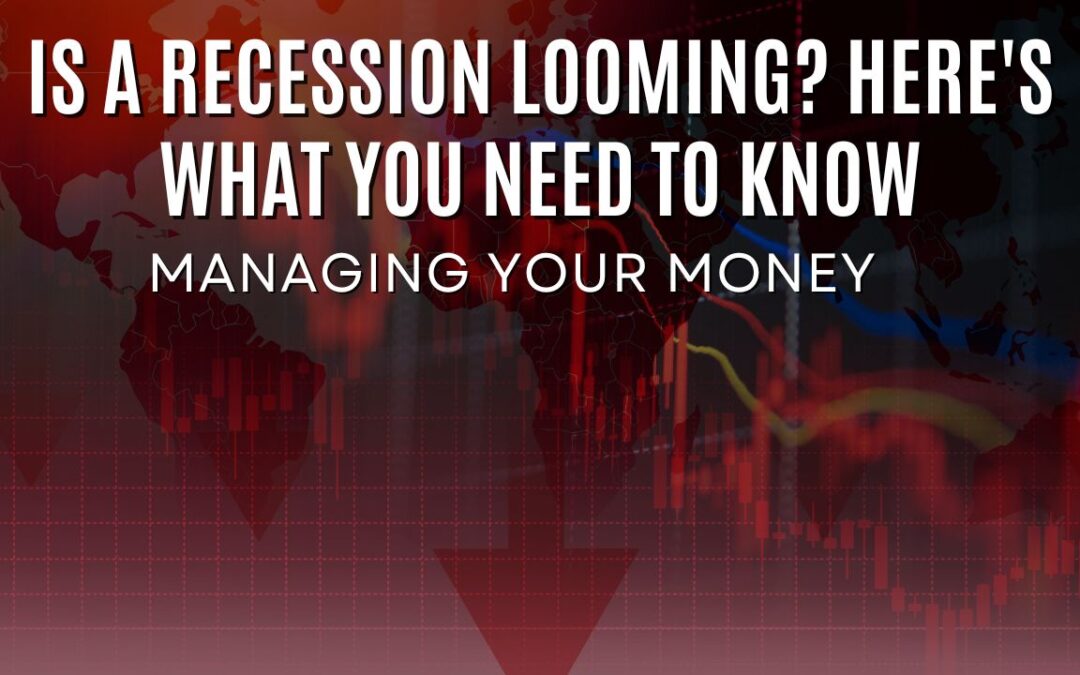Join us as our portfolio managers explore what defines a recession, recent economic trends, the impact of inflation and interest rates, and predictions for the future. They examine challenges facing the Federal Reserve and fiscal policy and strategies for positioning portfolios in an uncertain economic climate. In this informative episode, learn about the potential outcomes of current economic policies and what they could mean for investments.
The commentary in this video is prepared by Pekin Hardy Strauss, Inc. (dba Pekin Hardy Strauss Wealth Management, “Pekin Hardy”) for informational purposes only and does not constitute investment, legal, tax, accounting, or other professional advice. The views expressed are as of the date of the video and are subject to change. Certain information contained herein has been obtained from third parties. While such information is believed to be reliable, Pekin Hardy assumes no responsibility for the accuracy of the information. The views expressed are those of the presenters as of the date of publication of this video and are subject to change at any time due to changes in market or economic conditions. The comments should not be construed as a recommendation of individual holdings or market sectors but as an illustration of broader themes. Pekin Hardy Strauss Inc. cannot assure that the type of investments discussed herein will outperform any other investment strategy in the future. The S&P 500 Index includes a representative sample of 500 hundred companies in leading industries of the U.S. economy, focusing on the large-cap segment of the market. The Consumer Price Index (CPI) is an unmanaged index representing the rate of the inflation of U.S. consumer prices as determined by the U.S. Department of Labor Statistics. Nonfarm payroll measures the number of workers in the U.S. except those who work in farming, private households, non-profits, and sole proprietorships or self-employment, as well as those who are active military service members. Nominal Gross Domestic Product (GDP) reflects the raw numbers in current dollars unadjusted for inflation. Real GDP adjusts the numbers by fixing the currency value, thus eliminating any distortion caused by inflation or deflation.
Sources:
Chart #1 Source: https://fred.stlouisfed.org/series/T10Y2Y
Chart #2 Source: https://fred.stlouisfed.org/series/BAMLH0A2HYB
Chart #3 Source: https://fred.stlouisfed.org/series/DFF#
Chart #4 https://www.investing.com/central-banks/fed-rate-monitor
Chart #5 https://files.constantcontact.com/37340471301/fd07ac29-1674-409f-ac5e-a9b9a504dd36.pdf
Chart #6 and #7 https://files.constantcontact.com/37340471301/f5840e08-67aa-456e-8d12-d745a3e8837e.pdf
Chart #8 https://files.constantcontact.com/37340471301/a1541d8c-dcac-466a-ab68-18a8345a937c.pdf
Table of Contents

